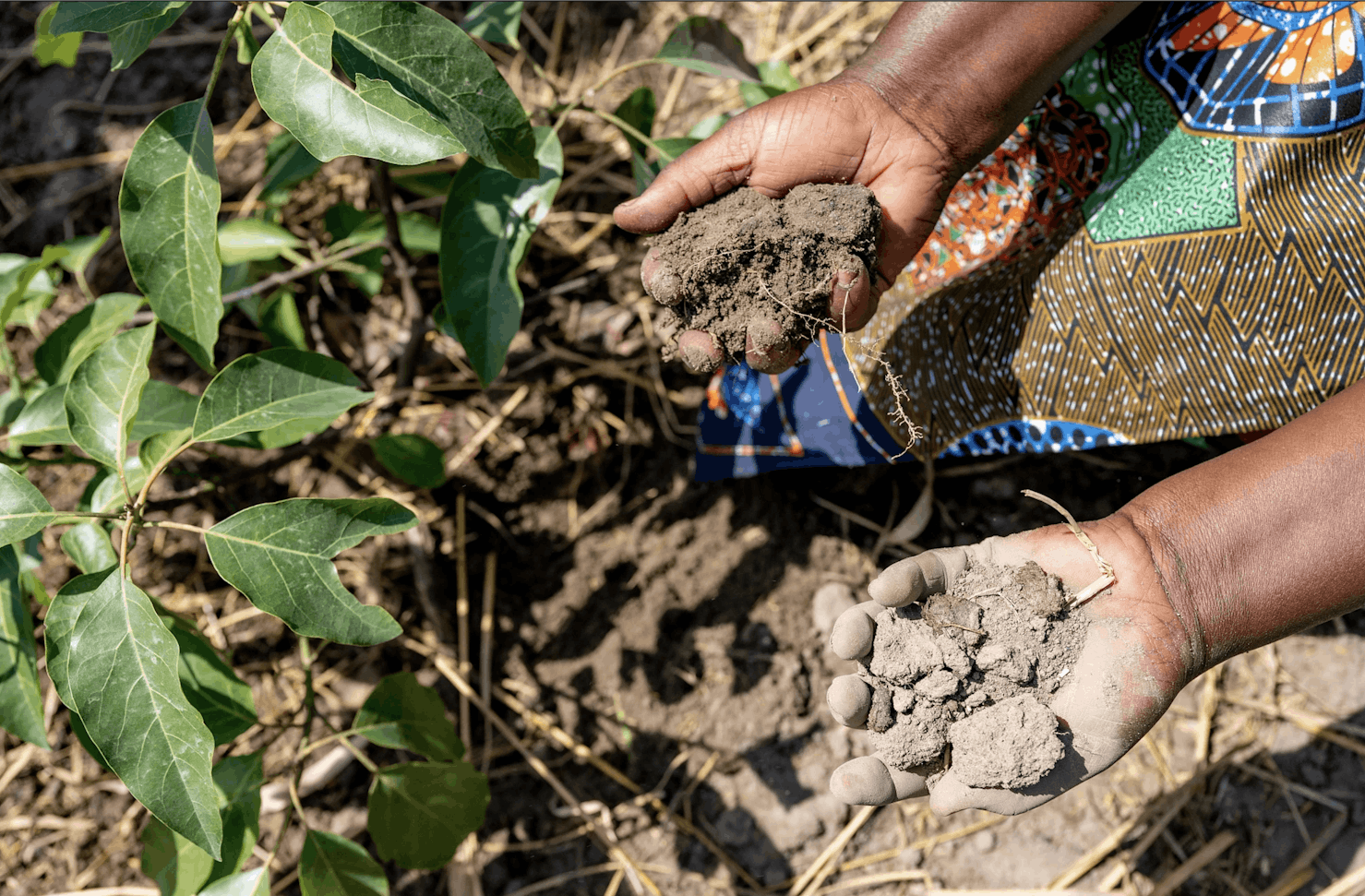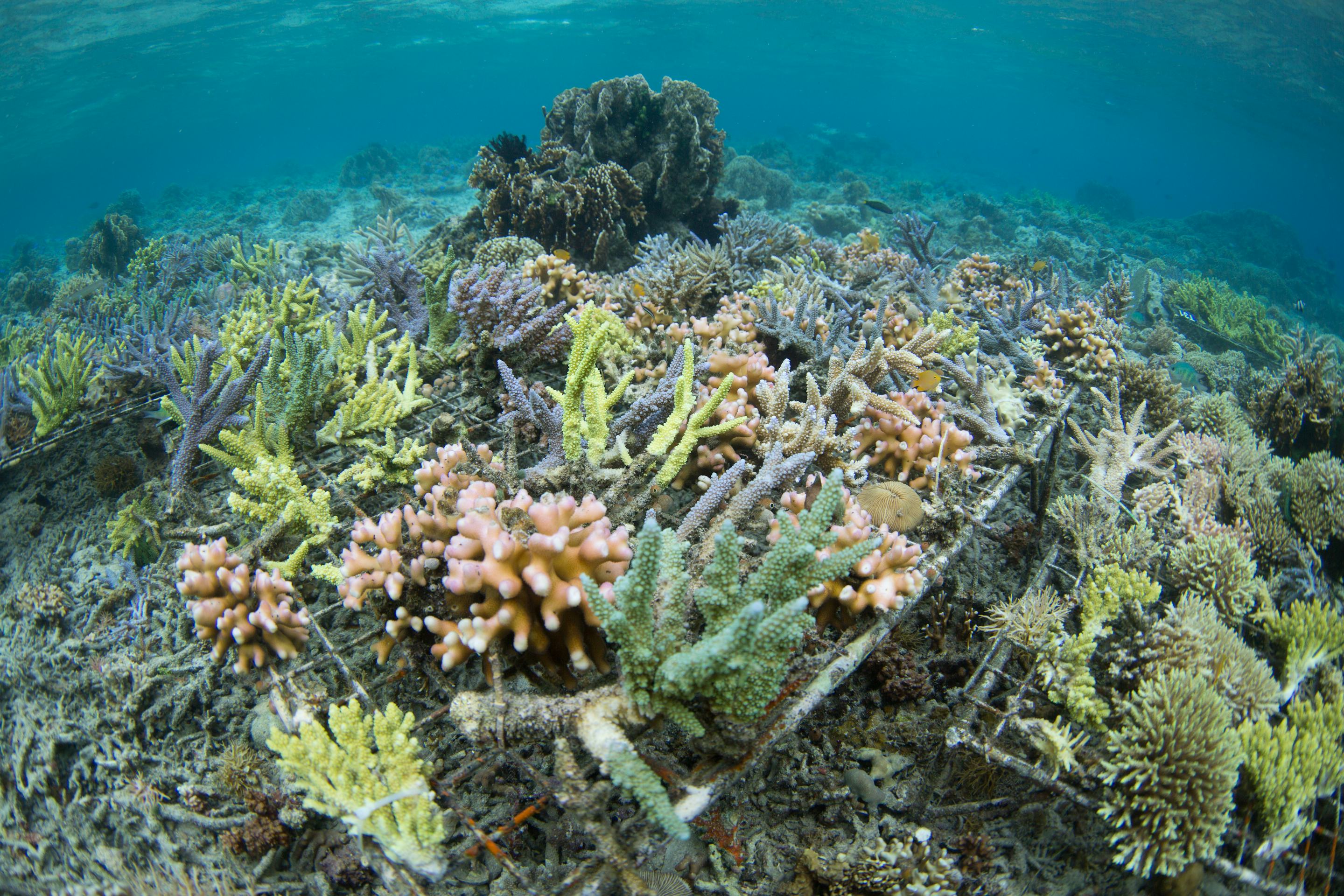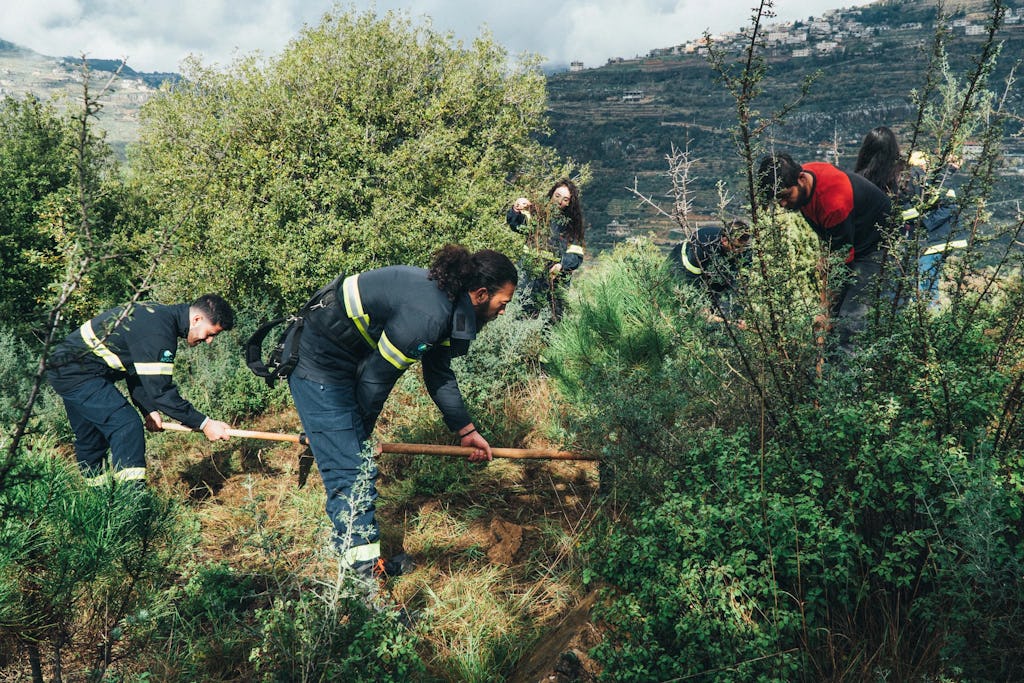1. Kelp forest restoration on Tasman Peninsula

Image of kelp under water (Image: Shane Stagner/Unsplash)
In a secluded bay off Tasmania's south-eastern coast, scientists from The Institute of Marine and Antarctic Studies (IMAS) have been engaged in a kelp restoration project by growing kelp from seeds in a laboratory to restore dwindling underwater forests.
By restoring these ecosystems, the project has helped enhance coastal resilience, mitigate ocean acidification and support efforts to adapt to climate change.
The innovative techniques employed by the project have shown promising results, marking a crucial step in reviving Tasmania's marine ecosystems and inspiring hope for the future. To date, the project has developed a large field of kelp covering 3,500 square meters.
2. Seoul air quality improvement plan

People roaming the streets of Seoul (Image: Rawkkim/Unsplash)
In response to extremely poor air quality caused by industrial activities that impacts both human health and the environment, the Seoul metropolitan government has launched a comprehensive plan to restore air quality.
Over the last two decades, new air-quality monitoring stations have been established to collect pollution data to identify trends and react promptly to emergencies. The data showed a 19 per cent decrease in harmful PM2.5 emissions nationwide from 2005 to 2020, with even larger reductions seen in the capital.
The metropolitan government also invested in air quality management and implemented major changes to local emissions regulations. Research has shown a substantial decrease in premature deaths linked to air pollution, proving that these measures have been effective in improving air quality and safeguarding human health.
3. Tree planting to help bees

Tree planting (Image: World Restoration Flagship_Regreening Africa _Rwanda_Kelvin Trautman)
A program in Rwanda teaches beekeepers to plant trees to enhance insect protection and productivity during hot weather.
The program is part of the Regreening Africa initiative, which is already regreening 350,000 hectares across eight nations, engaging farming communities. The goal is to restore five million hectares by 2030, boosting biodiversity and supporting local communities.
Susan Gardner from the United Nations Environment Program (UNEP) said projects like these are a message of hope.
“With so much catastrophic news about climate change and its devastating impacts, people feel helpless,” Gardner said. “But everything doesn’t always need to be catastrophic.”
4. Recovering baby corals in Indonesia

Underwater view of sponge creatures and corals (Image: Martin Colognoli/Ocean Image Bank)
In Indonesian waters near the Spermonde Archipelago, an innovative community-driven coral restoration project has shown remarkable success in restoring reefs affected by dynamite fishing. Following four years of restoration, the reefs are almost fully recovered thanks to a unique method involving steel spider structures called reef stars.
The structures provide an artificial site for corals to grow on where there would otherwise only be rubble, supporting growth of new coral and providing habitat for reef animals to move in. This approach not only restores marine biodiversity but also empowers local communities to actively participate in the conservation of their coastal ecosystems, fostering sustainable stewardship for generations to come.
5. Fire-proof forest planting around the Mediterranean

Volunteers preparing the land for tree plantation in Ramlieh, Lebanon. (Image: Celine Barakat/UNEP 2024)
Since 2017, the Restoring Mediterranean Forests initiative has successfully restored vast degraded forests totalling two million hectares across Lebanon, Morocco, Tunisia and Turkey. The project targets wildfire-affected areas and aims to restore a total of eight million hectares of forest by 2030.
The initiative focused on preventing fires by improving forest management and involving local communities, carefully selecting the types of trees planted.
“They’ve recognised the tree species that were not right for the forest and diversified the species they’re planting,” said Ann-Kathrin Neureuther, a member of the UNEP.
Images by The Ocean Agency, UNEP, photographers Celine Barakat and Kelvin Trautman.
Planet Ark does not take responsibility for the accuracy of the original information and encourages readers to check the references before using this information for their own purposes.